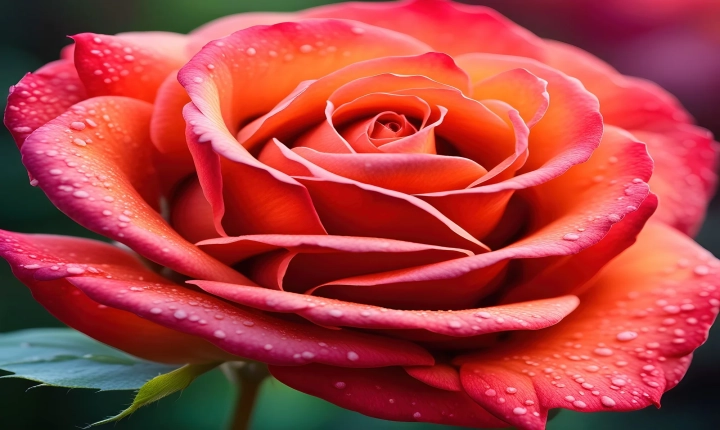Title: How to Write Effective Prompts for AI Art: A Guide for Creativity and Innovation
Artificial intelligence (AI) has revolutionized the creative process, enabling artists to explore new horizons and push the boundaries of artistic expression. Through the use of algorithms and machine learning, AI can generate stunning, thought-provoking art that challenges traditional notions of creativity and innovation. However, the effectiveness of AI art often hinges on the quality of the prompts or inputs provided to the AI system. In this article, we will discuss how to write good prompts for AI art, with the aim of unleashing its full potential for creativity and originality.
Understand the Capabilities of AI Art
Before diving into the process of crafting prompts for AI art, it is essential to have a basic understanding of the capabilities and limitations of AI in generating art. AI systems can create visual art, music, literature, and even design, but their outputs are heavily influenced by the quality and specificity of the prompts they receive. Therefore, it is crucial to grasp the interplay between the input and output in AI art creation.
Define the Objective of Your AI Art
When crafting prompts for AI art, it is essential to define the objective or the creative vision you want to achieve. Whether it is to produce abstract paintings, generate surreal landscapes, or compose avant-garde music, by having a clear idea of the desired outcome, you can tailor your prompts to guide the AI system effectively.
Be Specific and Detailed
Good prompts for AI art are specific and detailed, providing clear instructions and parameters for the AI system to follow. For example, if you want the AI to create a landscape painting, specify the type of landscape, the mood or atmosphere you envision, color palette preferences, and any other relevant details. The more specific the prompts, the more likely the AI art will align with your creative vision.
Balance Guidance and Freedom
While specificity is important, it is also essential to strike a balance between providing guidance and allowing for creative freedom. AI thrives on the breadth of input it receives, and incorporating a degree of openness in the prompts can lead to surprising and innovative results. Avoid constraining the AI too much, as this may stifle its potential for originality and experimentation.
Iterate and Experiment
Crafting prompts for AI art is an iterative process. It often involves experimentation, refinement, and the exploration of different input variables to see how they affect the output. Don’t be afraid to try different approaches, tweak the prompts, and observe how the AI responds. This iterative approach can lead to breakthroughs and discoveries that push the boundaries of AI art.
Consider Context and Concept
In addition to specific details, consider the broader context and concept behind the prompt. What story or emotion are you trying to convey through the AI art? What themes or concepts do you want to explore? By incorporating deeper meaning and context into the prompts, you can elevate the AI art from mere output to a meaningful, thought-provoking creation.
Embrace Serendipity
Lastly, embrace the element of serendipity in AI art. Sometimes, the most compelling and impactful art emerges from unexpected results or chance occurrences. By allowing the AI system some leeway for serendipitous discoveries, you may stumble upon artistic gems that surprise and inspire.
In conclusion, writing good prompts for AI art is a blend of specificity, creativity, and openness. By understanding the capabilities of AI art, defining clear objectives, providing detailed instructions, and fostering creative freedom, you can unleash the full potential of AI to create captivating and innovative art. Through iteration, experimentation, and a willingness to embrace serendipity, AI art can continue to push the boundaries of creativity and redefine the artistic landscape.
